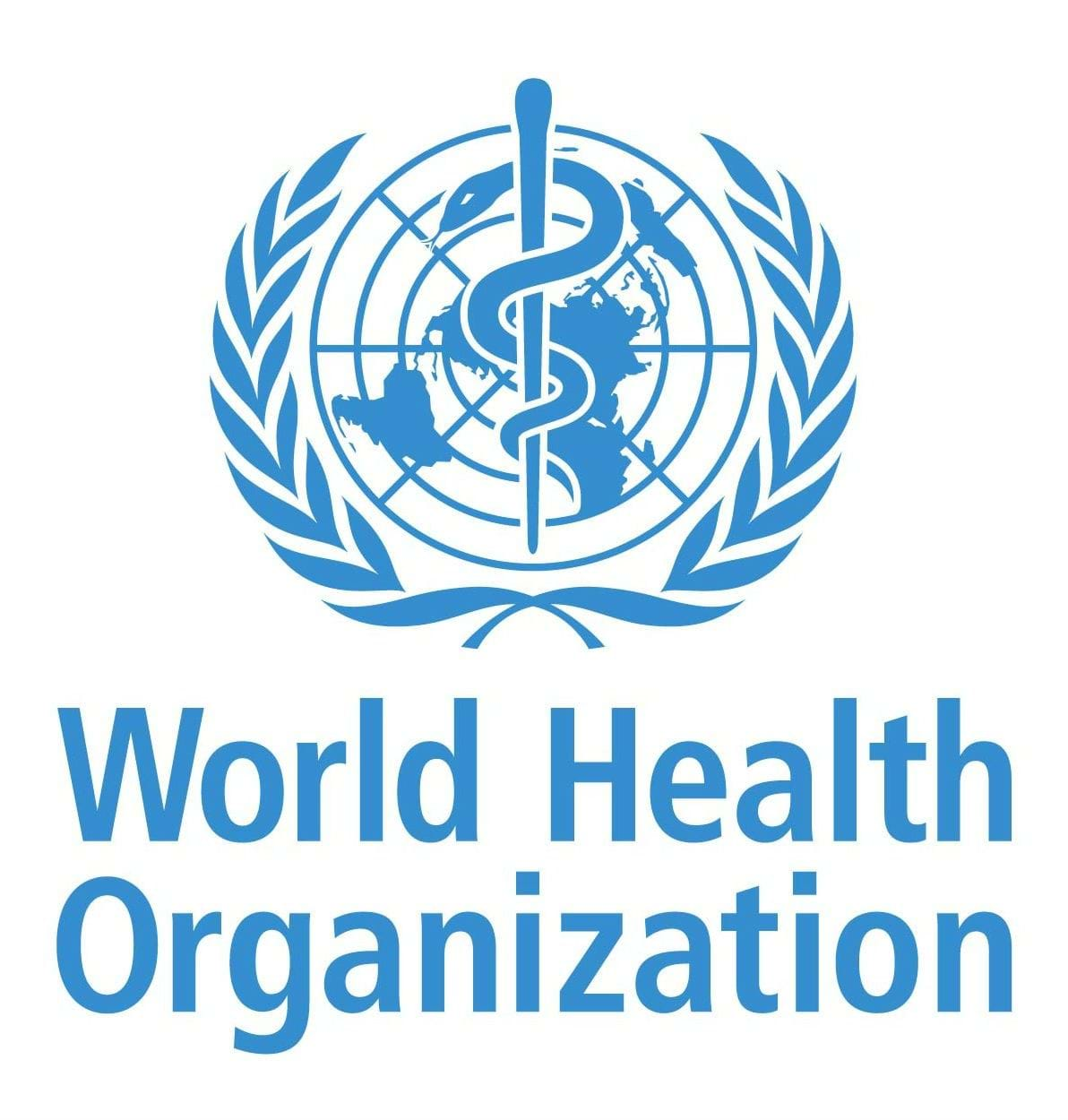A global health crisis is looming. As a result of major donors cutting official development assistance (ODA) in the first half of 2025, millions of preventable deaths could occur by 2030, disproportionately affecting women, children, and adolescents in low- and middle-income countries (LMICs). If these trends persist, ODA for health in 2027 is projected to fall below 2020 levels. In parallel, domestic spending on health is declining in many low and middle-income settings and out-of-pocket expenses continue to be the primary source of funding in 30 countries, exacerbating financial hardships and deepening poverty.
This sobering reality and the upcoming UN General Assembly (UNGA80) were the backdrop for a recent PMNCH webinar, "Funding the Future: Effective Financing Models to Advance Women’s, Children’s, and Adolescents’ Health in Times of Crisis."
To open the event Rajat Khosla PMNCH Executive Director noted the significant burden of the current global crisis on already vulnerable populations. “At a time when multilateralism is under great strain. It is the world's most vulnerable, especially women and children in low- and middle-income countries, who will be bearing the heaviest burden if innovative and sustainable financing is not secured.”
The virtual event brought together a diverse group of policymakers, healthcare leaders, and experts to confront this challenge head-on.
Country focus on women's, children's and adolescents' health
The webinar showcased powerful examples of leadership from countries, proving that bold national commitments can drive significant change. Representing the Ethiopian Ministry of Health, Senior Advisor Dr Solomon Worku, outlined how Ethiopia had worked to prioritise women’s, children’s and adolescents’ health as a central pillar of essential care and UHC, thus facilitating more successful financing negotiations. He also noted the need for the financing and health sectors to better come together and align on priorities.
“This is time for us to be able to rethink how we engage donors and how we use donors' money,” he noted. “This is a critical moment whereby we need to speak the language of economics and health.”
WHO's Kalipso Chalkidou and Agnès Soucat, Director of Health and Social Protection, Agence Française de Développement, underscored the impact of the current global health funding situation and the urgent need for innovative financing, evidence-based solutions, and stronger partnerships to create economies of scale and ensure investments reach those most in need.
“The object of our conversation when it comes to financing should be really how do we mobilize collective action and energy to mobilize financing; both funding and also, developing financing institutions that serve women and children, and the poorest groups,” said Agnès Soucat.
Evidence and opportunities for investments in women's, children's and adolescents' health
Amidst the global health reality, evidence shows that reductions in development assistance for health (DAH) lead to increased maternal and child mortality. Analysis of previous aid sanctions from 1990-2019 reveals their devastating impact on maternal, newborn and child mortality, including an annual increase in the maternal mortality rate by 6% and a similar increase in child mortality by 4%.
Presenting the latest evidence from the Global Health Action Collection, Dr Mary Kinney of University of Western Cape, highlighted how the Global Financing Facility’s (GFF) investments and processes worked to align with national priorities and deliver on commitments across the life course. The series show how GFF was effectively able to bring new attention and resources to national plans, ensuring alignment, and visibility of RMNCH policies.
Gavin Yamey, Director of the Center for Policy Impact in Global Health, Duke University, also outlined the Lancet Commission on Investing in Health 3 findings and the need for prioritization of investments in maternal and neonatal conditions in the progressive realization of UHC.
“By focusing investment on a set of 15 prioritized conditions, 8 of which are women's, children's, and adolescent health conditions, and by financing scale-up of R&D financing, we think that the global health landscape can be transformed, despite the challenges we've been discussing today.”
A call to action for sustainable health financing
Given the current withdrawal of ODA and major donors and larger questions about sustainable financing, experts were also clear in the call for shifts towards domestic resource mobilisation.
The final panel continued this forward-looking discussion, focusing on strategies to increase investments and address country-specific needs. Luc Laviolette, Head of the GFF Secretariat, highlighted the importance of equity-enhancing investments and discussed the GFF’s upcoming Strategy focused on grant funding to mobilize and align larger pools of resources, primarily from the World Bank and a country's own budget. This includes incentivizing the allocation of funds to health, helping ministries use data to secure more domestic resources, and aligning external donor funding with national priorities.
Joël Kiendrébéogo, from the University Joseph Ki-Zerbo and the Ministry of Health, Burkina Faso, highlighted the importance of national ownership, alignment with national strategies, and sustainable refinancing and noted how in Burkina Faso, this translates to prioritizing interventions for women, children, and adolescents, using tools like digitised action plans and dynamic resource mapping to improve efficiency and accountability.
Flavia Bustreo of Fondation Botnar noted the issues around fragmentation and significant gaps in financing across the entire life course. She called for improved focus of investments specifically in adolescent health and well-being as a critical juncture in the life course.
In his closing words, Rajat Khosla, PMNCH Executive Director left the audience with a clear call to action to unite and partner to mobilize more sustainable approaches to funding, more effective use of existing resources, and more thoughtful integration across the entire life course.
“It's not just about more money, it's about how we use that money and how we galvanize sustainability of the resources that we are talking about. Because our ultimate accountability is to those women, children, and adolescents that we hold so dear.”
Watch the full webinar here:

.png?sfvrsn=6d0e27cd_1)



